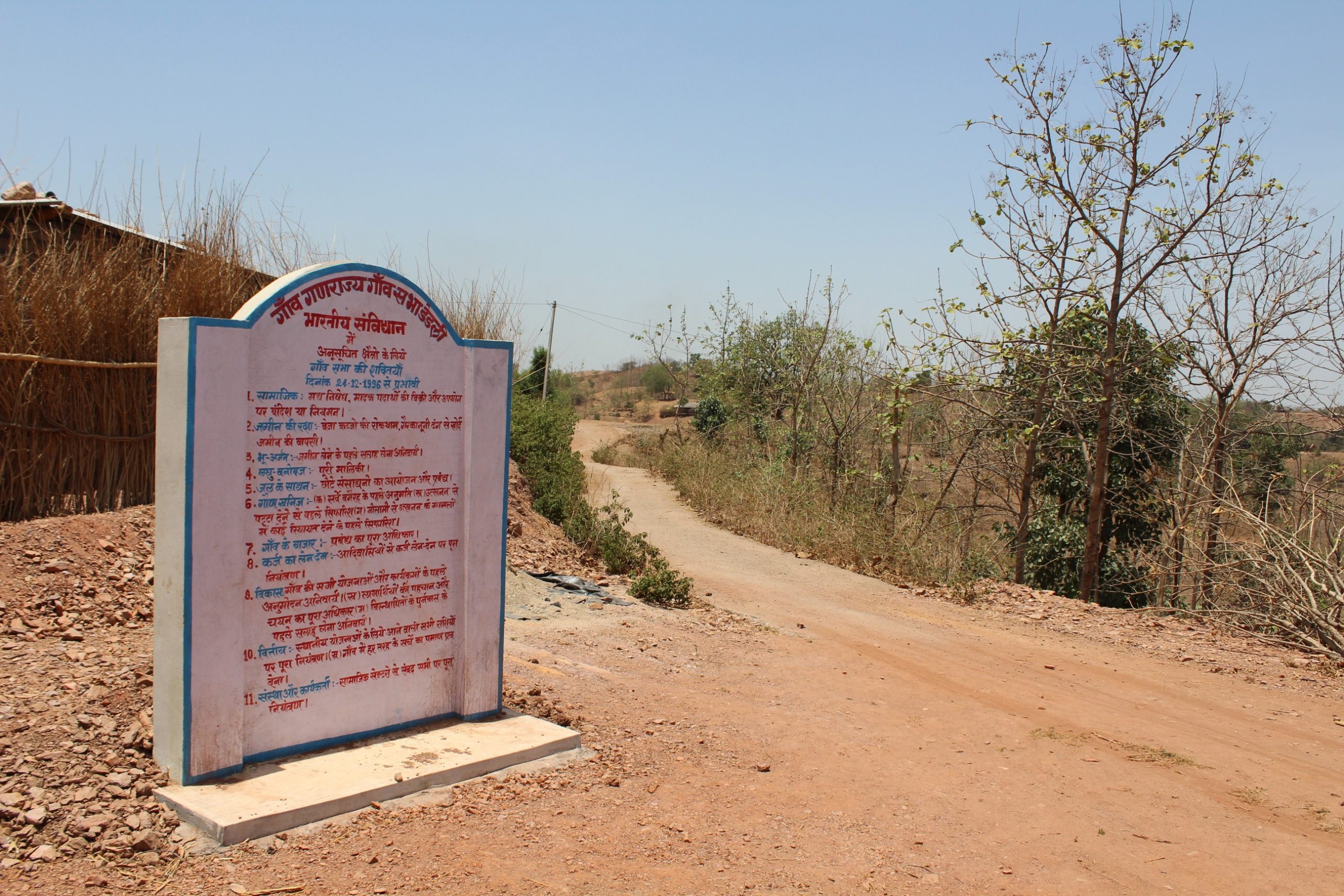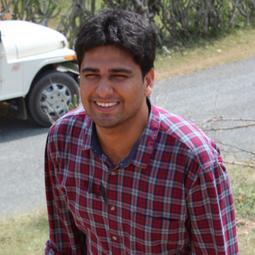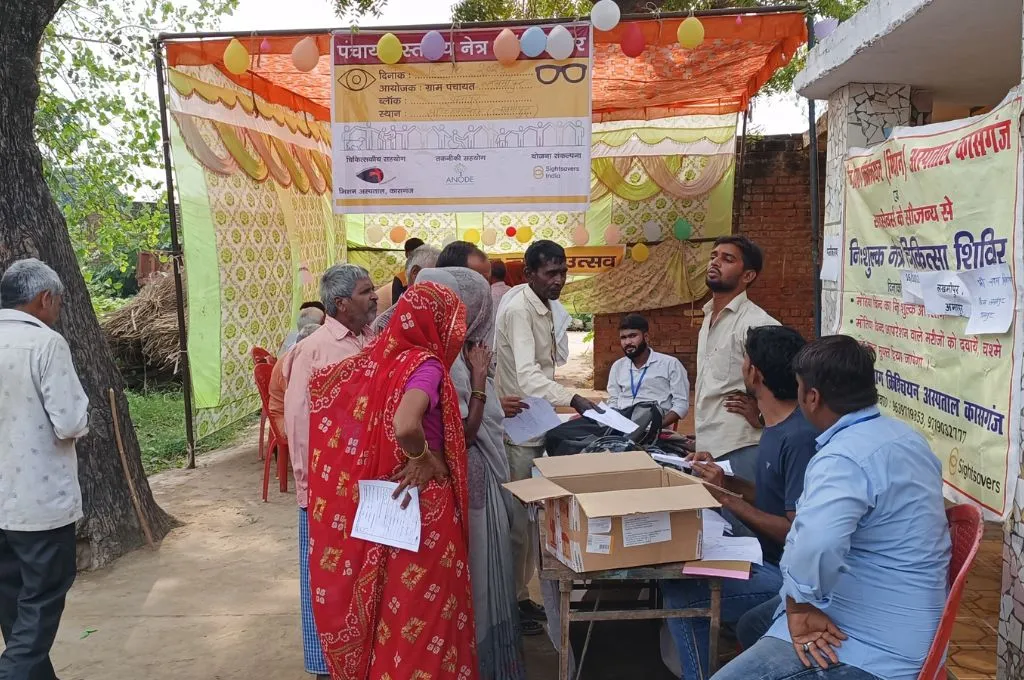In India, the democratic means for self-government is accorded by the 73rd Constitutional Amendment Act (CAA) in rural areas, and the Panchayats Extension to Scheduled Areas Act (PESA Act) in tribal areas.
The democratic structure at the grassroot level
It comprises the Jila Parishad (at district level), the Panchayat Samiti (at block level) and the Gram Panchayat (at village level).
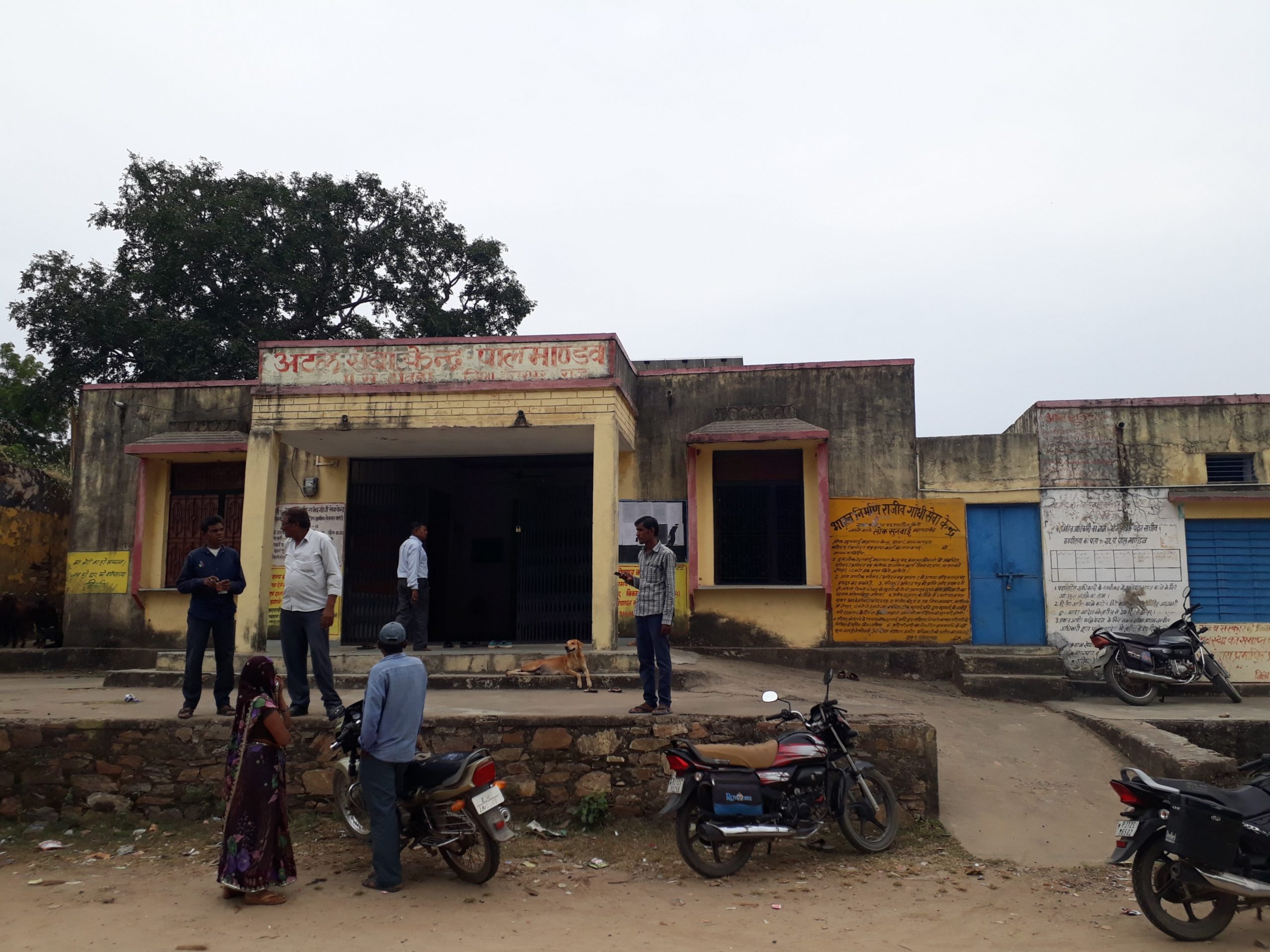
A Gram Panchayat in Pal Mandav village of Dovra block
The PESA Act was instituted to further decentralise power
The Act came into force in 1996, and provides assembly at the revenue village level, below that of the Gram Panchayat.

A gaon sabha as per the PESA Act in Makreda village of Bichiwara block
There are 11 powers given to a Gaon Sabha, or village assembly, under the PESA Act
These are written into a ‘Shilalekh’ – a piece of stone in the centre of the village, like this one in Dedli.
The 11 powers of the Gaon Sabha are a combination of powers to administer, manage revenue, and resources. These include involvement and consent of the people in the areas of land acquisition, resettlement and rehabilitation, land restoration (in case of alienation), mining of minerals, use of intoxicants, ownership of minor forest produce, management of village markets, management of water bodies and control over money lending.
Therefore, many civil society organisations have taken the lead to improve the implementation of PESA in their respective intervention areas.
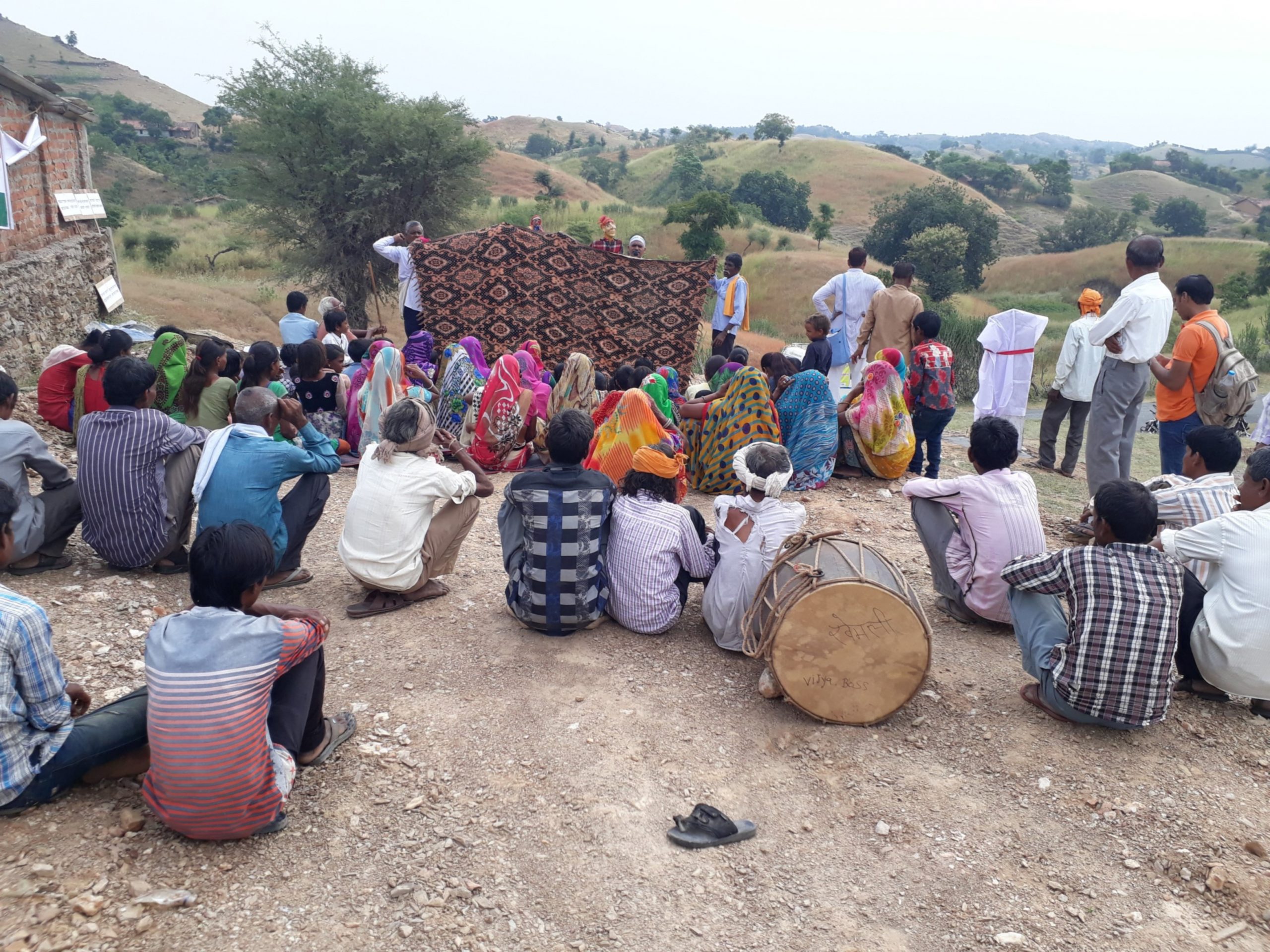
Nukkad natak in Lolakpur
Nukkad nataks (street plays) are organised to create awareness about the PESA Act. This one organised by Vagad Majdur Kisaan Sanghthan was in Lolakpur village.
To strengthen local democracy, data at grassroot-level granularity is necessary. But this is often missing.
In a country like India, where development is viewed through the narrow lens of GDP, data that analyses the performance of grassroots institutions is not a priority with policy makers. This, despite the fact that the absence of systematic data pertaining to these institutions, in fact, actually hinders their ability to take effective decisions.
Government officials at the district level and upwards work with limited data from the ground, especially from the Panchayat level. Even if the data is available, it is not of good quality. It then falls upon civil society organisations to strategise, intervene, monitor and evaluate the impact of the interventions at Panchayat level, since they are closest to the community.
Bhil tribals constitute the majority of the population in Dungarpur. The villages in Dungarpur are widely scattered, and forests and hills are integral parts of the landscape.
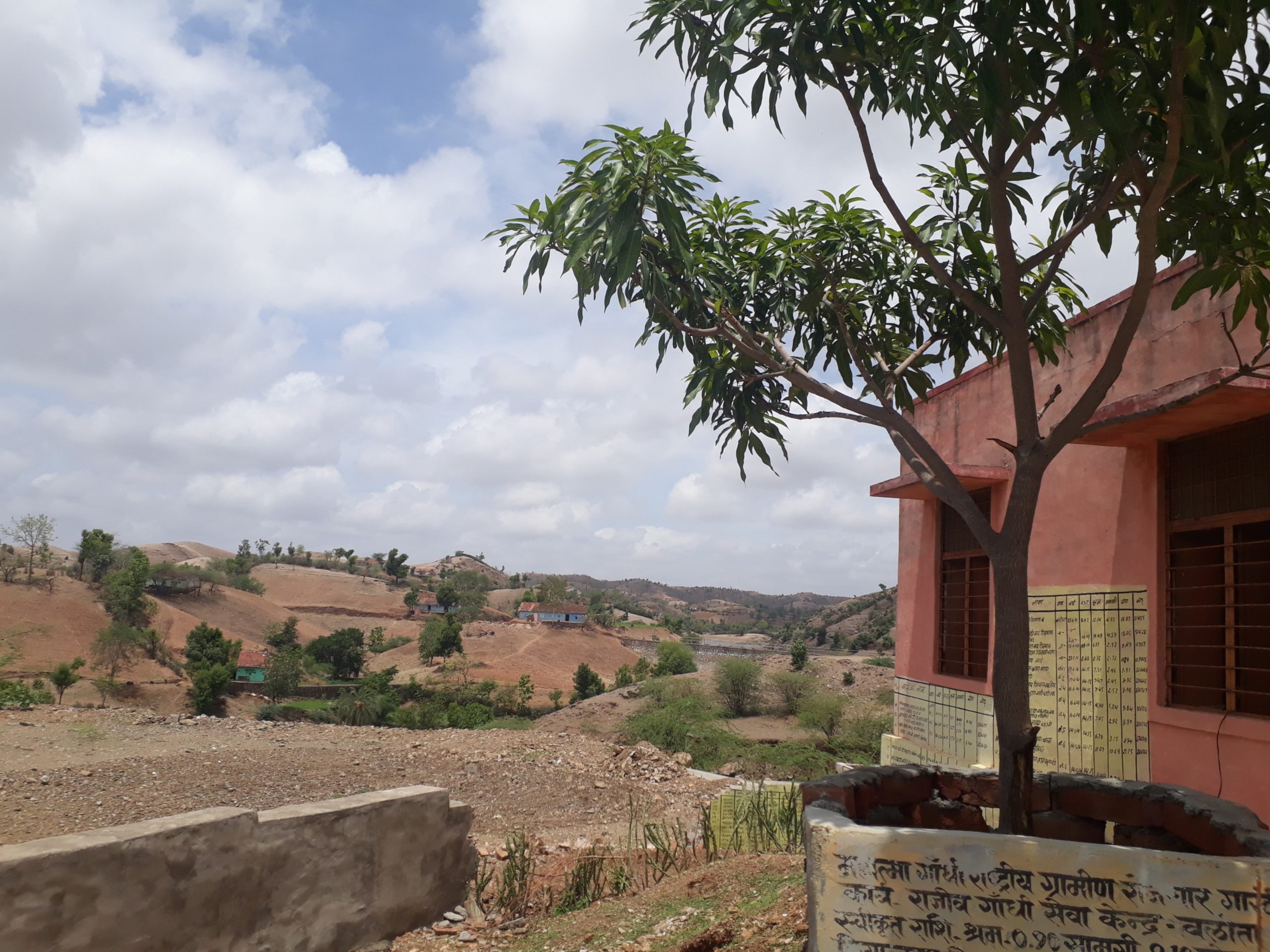
Village in Dovra
If one house is on one hill, then the next house is on the next hill. Further, one revenue village may consist of up to two to five hamlets (falla).

Villages in Dovra and Bichiwara blocks of Dungarpur
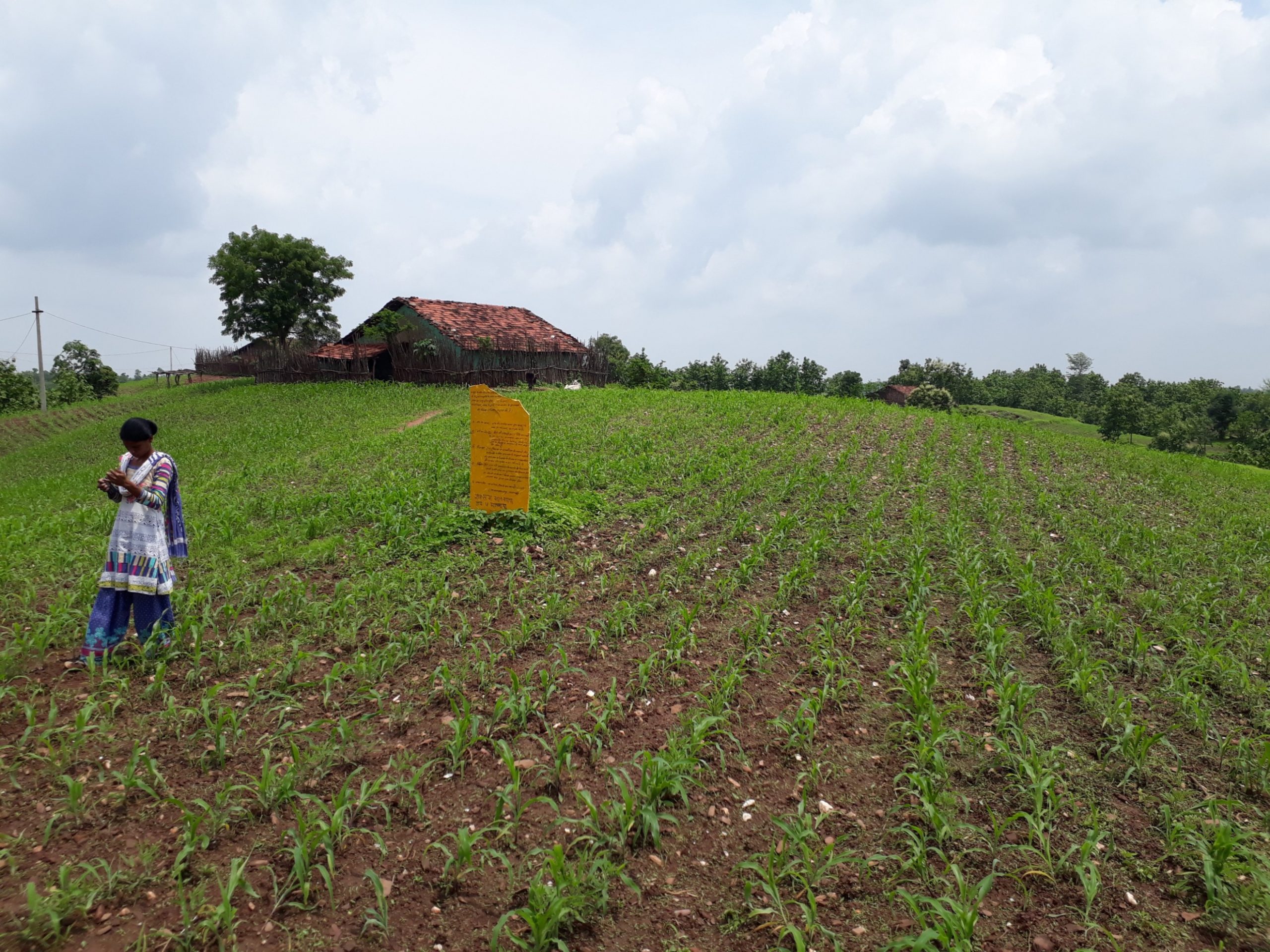
Dedli and Malmatha – two forest villages in Bichiwara block
As a result of this lack of data and confusion, most villagers are still awaiting their rights and entitlements due to lack of data and surveys.
Although, the Government of India has ordered officials to incorporate unsurveyed villages and forest villages into revenue villages. But mere incorporation of these villages as revenue villages might still not help to get data. Also, this incorporation might be inconsistent with the measures provided by the Forest Rights Act.
A starting point is the Village Development Plan (VDP). This uses village level data to plan and implement the development goals and schemes across line departments at block and district levels.
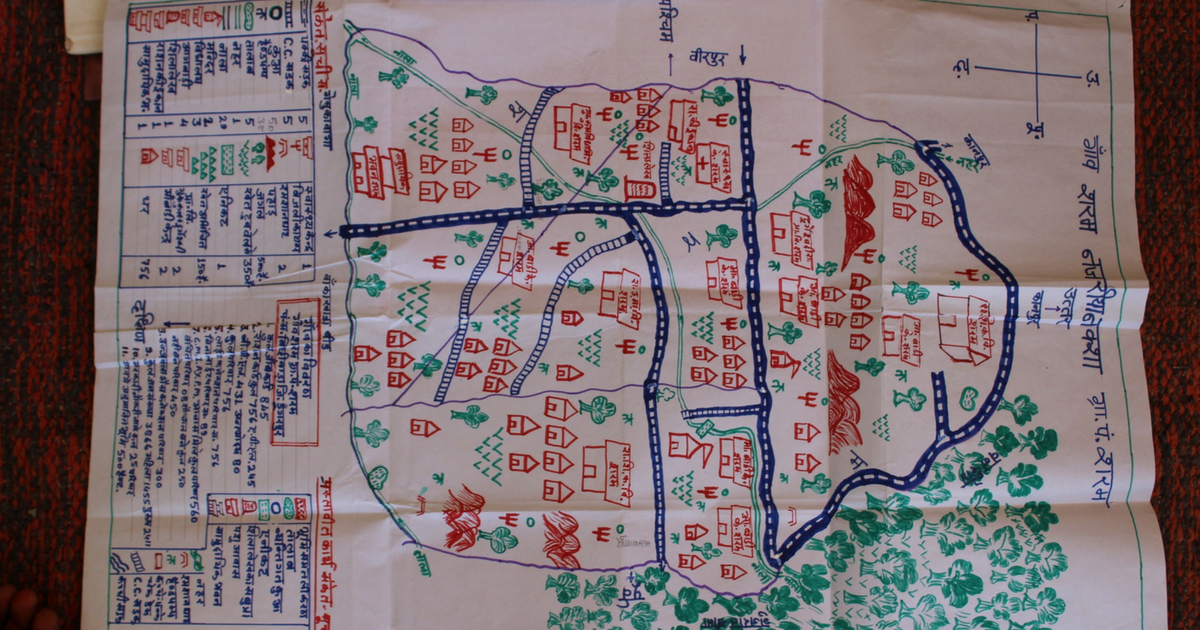
A comprehensive map of Sharam village, created by a gaon sabha with support of VMKS in Bichiwara block
But more needs to be done. And the central and state governments need to prioritise data collection from the bottom to make better developmental plans.
